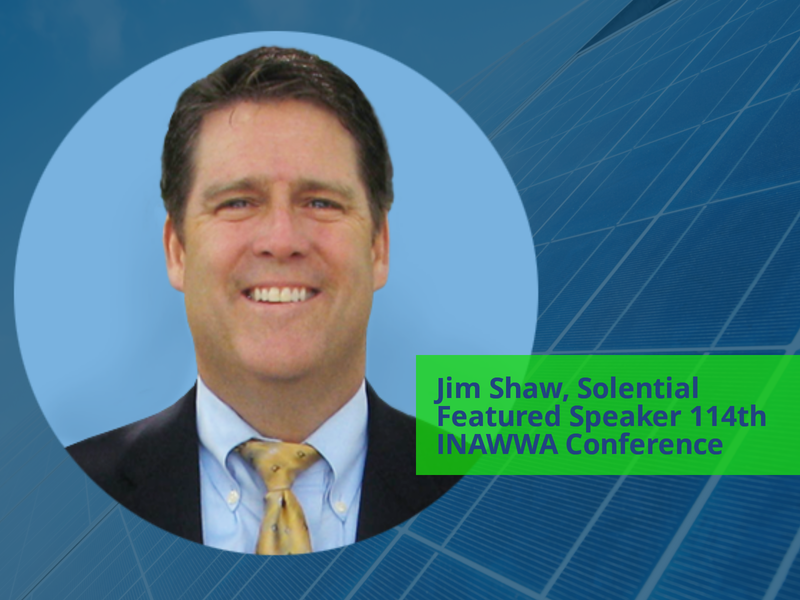Contact Us Today!
(555) 555-5555 | SALES@SOLENTIAL.COM
Or, fill out the form below and we'll get right back to you.
(555) 555-5555 | SALES@SOLENTIAL.COM
Or, fill out the form below and we'll get right back to you.


Like the rest of America, the water and wastewater processing utilities are feeling the pain of rising energy costs. Unlike families, the industry can’t just dial back the thermostat to reduce monthly energy bills. Producing drinking water and processing wastewater requires energy and lots of it. There is no dialing back. And unlike most businesses, public utilities can’t just increase rates to customers to make up for higher energy costs.
On Wednesday, April 13, Solential CEO Jim Shaw will take to the stage at the 114th Annual Conference of the Indiana Section of the American Water Works Association (INAWWA) in Indianapolis to offer a solution to processors: microgrids. Jim is part of a technical panel discussion titled How Microgrids Can Make Water and Wastewater Utilities More Sustainable that also includes Dave Berty of Trane Technologies and Greg Martz, GM Development Companies. Solential is an expert at providing sustainable energy solutions that lower energy costs to the water and wastewater processing industries.
Here’s a taste of what Jim and the other panel members will cover:
Among the keys to long-term energy sustainability, resiliency, and greater control over energy costs for water and wastewater facilities is to convert to dedicated microgrids. With this model, a wastewater plant for example, generates its own energy to power operations while still remaining connected to the grid and having the ability to pull energy from the grid when needed.
Microgrids typically employ a mixture of different distributed energy resources, including photovoltaic solar, wind turbines and biogas, which in addition to being renewable, significantly reduce carbon emissions. Microgrids strengthen grid resilience and help mitigate energy cost fluctuations caused by inflation and demand charges and protect against grid disturbances that result from extreme weather such as ice storms, tornadoes and hurricanes. Microgrids remain connected to the centralized grid, adding another layer of resiliency.
There are a number of distributed energy resource options a microgrid can employ in combination. Solar energy is increasingly popular because of low cost, sustainability and minimal, if any, environmental impact. Floatovoltaic solar arrays can be installed over lagoons and reservoirs, saving space and development costs. Here are other options suitable for water and wastewater utilities considering microgrids:
Microgrids are currently deployed by military installations, universities, and large health systems so the concept is proven and effective in achieving energy sustainability, resiliency and affordability. Solential offers assistance to customers to identify and secure funding for complex energy systems via third-party ownership, standard equipment leases, Build-Operate-Transfer (BOT) leases along with state and federal grant programs.
For details on Jim’s session on microgrids at the INAWWA Annual Conference and the complete three-day agenda, click here. For more on Solential and our energy solutions for water and wastewater utilities, please visit our website. Finally, you can meet with Jim SHaw at INAWWA at Booth #901.